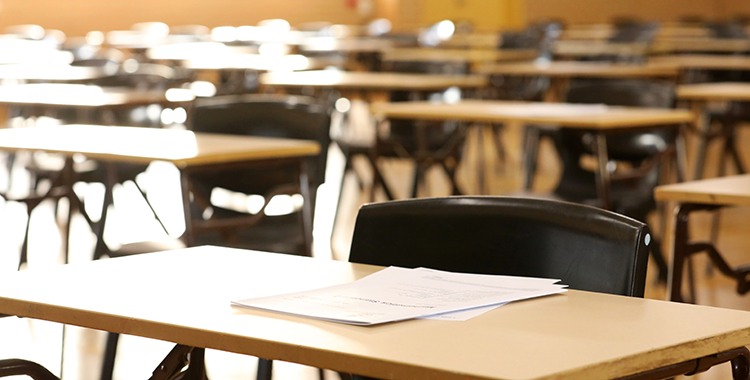Do law students, professors and administrators agree on challenges of online learning?

Image from Shutterstock.com.
Law students understand that faculty are doing the best they can with remote classes but are still concerned about the value of legal education they are receiving, according to a survey recently released by Thomson Reuters.
The survey, titled “Law Schools and the Global Pandemic,” was conducted in August and has a pool of 2,897 people, including law students, faculty and administrators. A total of 89% of the students surveyed were taking classes entirely online. Respondents were asked to rank how challenging various issues are with a range of “not challenging” to “very challenging.”
Overall, student respondents indicated that they saw things as being more difficult than faculty or administrators did. For students and administrators, the most challenging area was students staying engaged in online classes. A total of 39% of student respondents and 24% of administrators marked this area as very challenging. For the same question, 14% of faculty respondents saw the issue as very challenging.
The highest amount of agreement from faculty on what was most challenging was an inability to influence administrators’ decision-making. A total of 15% of faculty surveyed described that as very challenging. On that same question, 37% of the students’ surveyed found the issue to be very challenging. An administrator response was not included in the survey.
When asked about faculty accurately assessing student performance, 25% of student respondents considered that very challenging, compared to 15% of the faculty respondents and 12% of the administrators surveyed. Also, 63% of the faculty respondents, 39% of the students and 44% of the administrators reported that communication between faculty and students was not challenging.
Additionally, only 4% of the faculty and 8% of the administrators reported that resistant or uncooperative students were a very challenging issue. A student response to the question was not included in the survey, but 16% of the student respondents indicated that attitudes and behaviors of peer students were very challenging.



